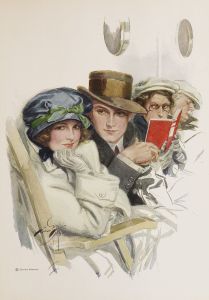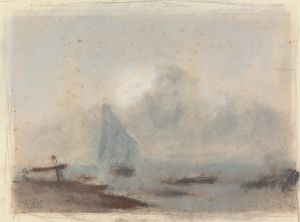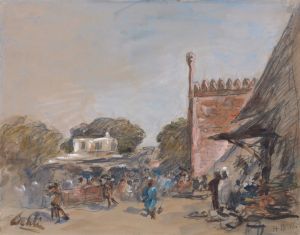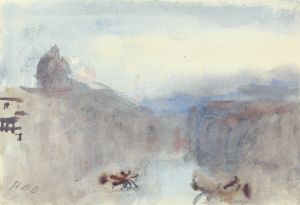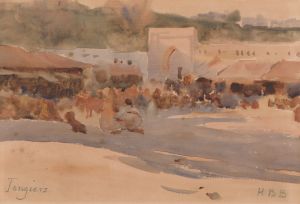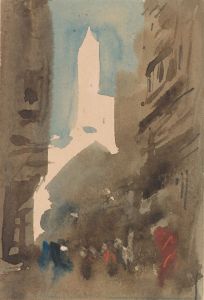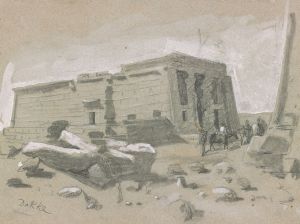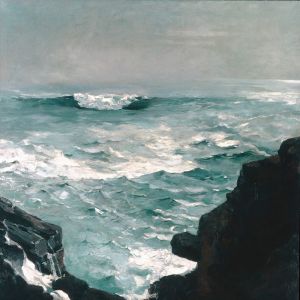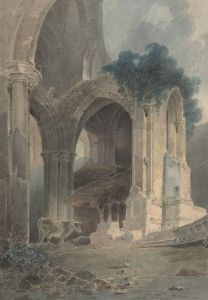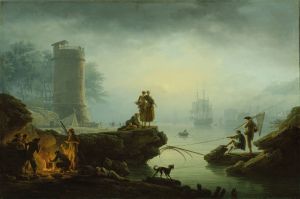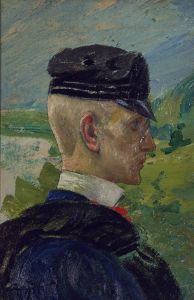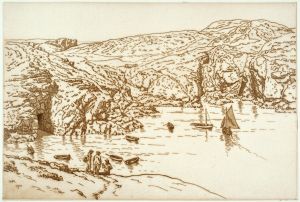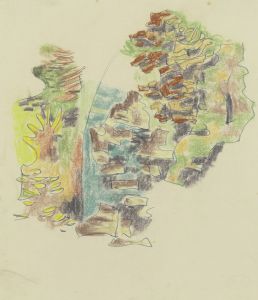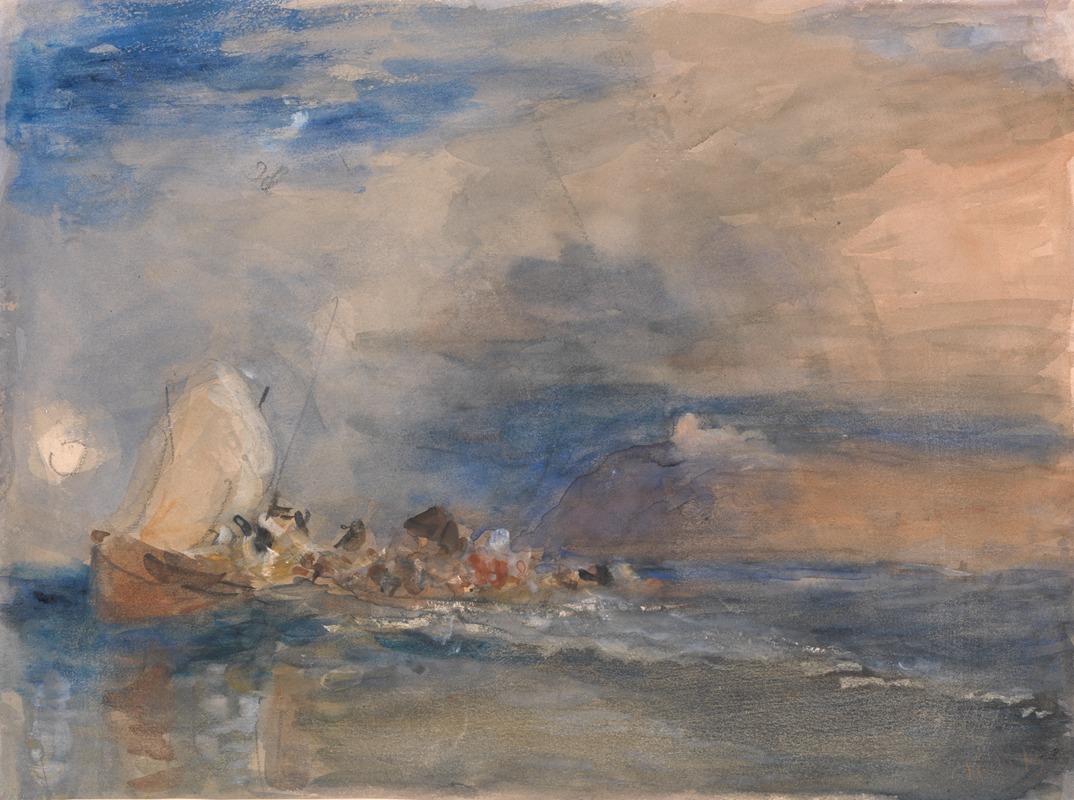
Folkestone
A hand-painted replica of Hercules Brabazon Brabazon’s masterpiece Folkestone, meticulously crafted by professional artists to capture the true essence of the original. Each piece is created with museum-quality canvas and rare mineral pigments, carefully painted by experienced artists with delicate brushstrokes and rich, layered colors to perfectly recreate the texture of the original artwork. Unlike machine-printed reproductions, this hand-painted version brings the painting to life, infused with the artist’s emotions and skill in every stroke. Whether for personal collection or home decoration, it instantly elevates the artistic atmosphere of any space.
Hercules Brabazon Brabazon (1821–1906) was a British artist known for his distinctive watercolors and pastels, which often captured landscapes and architectural scenes. One of his works, "Folkestone," exemplifies his unique style and approach to capturing the essence of a location through his art.
Brabazon was born in Paris but spent much of his life in England. He was educated at Harrow School and Trinity College, Cambridge, where he initially studied mathematics before turning his focus to art. Brabazon's artistic journey was largely self-directed, and he traveled extensively throughout Europe and North Africa, drawing inspiration from the various landscapes and cultures he encountered. His work is characterized by a loose, impressionistic style that emphasizes color and light over detailed representation.
"Folkestone" is one of Brabazon's many works that depict scenes from the British Isles. Folkestone is a port town on the English Channel, located in Kent, England. During the 19th century, it was a popular seaside resort and a significant point of departure for travelers heading to continental Europe. The town's picturesque landscapes and bustling harbor would have provided ample inspiration for an artist like Brabazon, who was known for capturing the transient effects of light and atmosphere in his work.
Brabazon's technique often involved the use of watercolors and pastels, mediums that allowed him to work quickly and capture the fleeting qualities of a scene. His approach was influenced by the Impressionists, although he maintained a distinctive style that was uniquely his own. In "Folkestone," Brabazon likely employed these techniques to convey the vibrant energy of the coastal town, focusing on the interplay of light and shadow and the dynamic movement of the sea and sky.
While specific details about the composition and elements of "Folkestone" are not extensively documented, it can be inferred that the painting reflects Brabazon's typical focus on mood and atmosphere rather than precise architectural or geographical accuracy. His works often evoke a sense of place through the use of color and form, inviting viewers to experience the scene through his eyes.
Brabazon's contributions to the art world were recognized during his lifetime, and he exhibited his works at various galleries, including the New English Art Club. Despite his relatively low profile compared to some of his contemporaries, Brabazon's work has been appreciated for its lyrical quality and innovative use of color and light.
Today, Brabazon's paintings, including "Folkestone," are held in various public and private collections. They continue to be studied and admired for their ability to capture the essence of a moment and place, reflecting the artist's deep appreciation for the natural world and his skillful manipulation of his chosen mediums.





